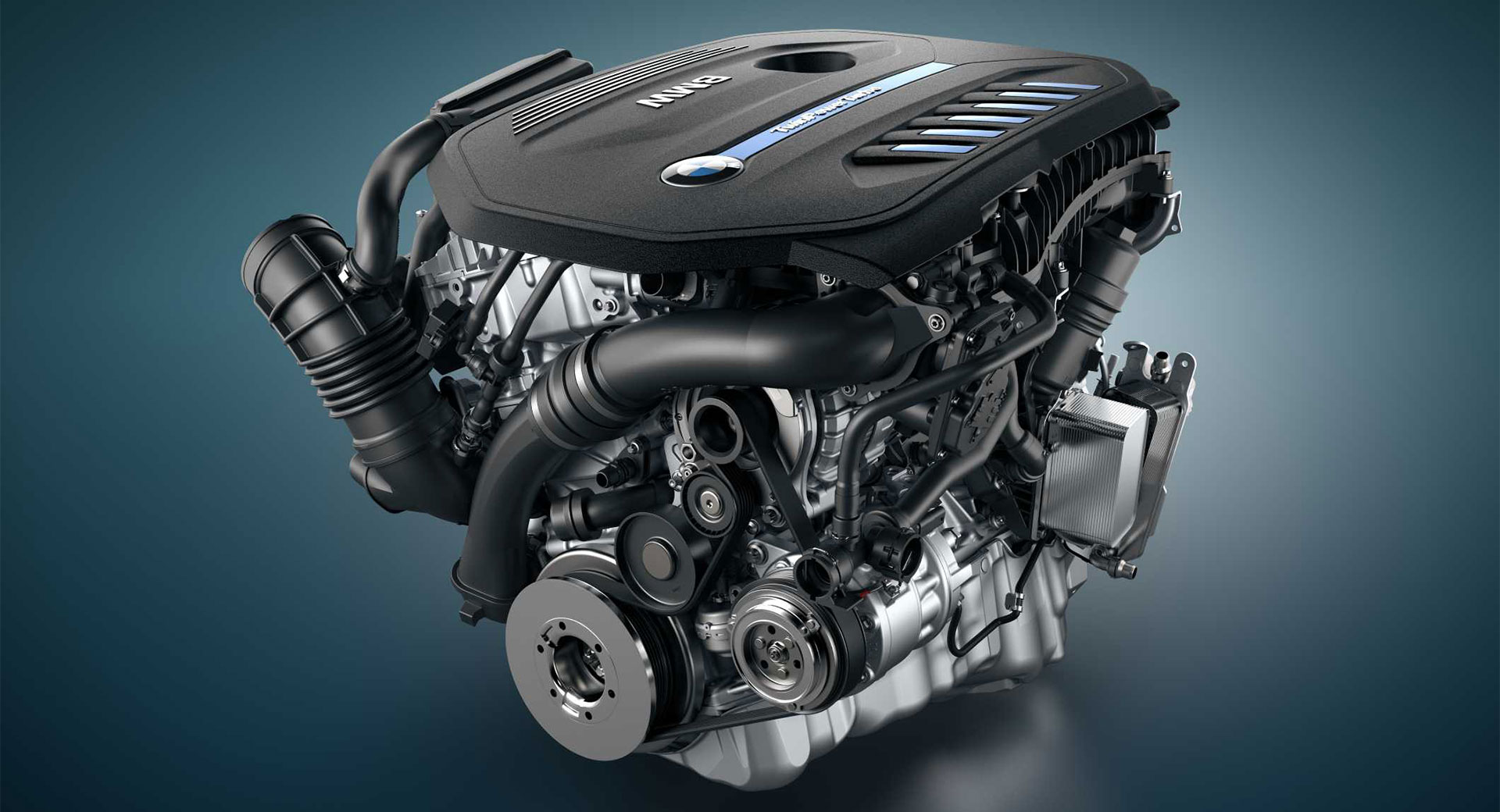Discovering the Performance Enhancements of the current BMW Engine Versions
Discovering the Performance Enhancements of the current BMW Engine Versions
Blog Article
Exploring the Evolution of Burning Engines in Modern Transport Equipments
As we browse the landscape of contemporary transportation, the advancement of burning engines stands as a testament to human resourcefulness and engineering prowess. The interaction of history, technology, and ecological issues in shaping the trajectory of burning engines creates a story that is both compelling and insightful.
Very Early Beginnings of Combustion Engines
Exactly how did the concept of burning engines first arise in the beginning of transportation growth? The roots of combustion engines can be traced back to the 17th century when the principles of interior combustion were very first explored. In 1673, Christian Huygens conceptualized a standard interior burning engine that utilized gunpowder to create power. Nevertheless, it had not been up until the late 19th century that sensible applications of combustion engines in transportation started to emerge.
The breakthrough moment featured the invention of the very first effective gasoline-powered engine by Karl Benz in 1885 - bmw engine. This engine led the way for the advancement of the modern-day automobile, transforming transport systems worldwide. Succeeding developments by Nikolaus Otto and Gottlieb Daimler additionally improved burning engine technology, causing the mass manufacturing of automobiles and the fast growth of the transport sector
These very early burning engines were identified by their simpleness and performance, laying the structure for the facility and effective engines made use of in modern-day transport systems. The development of combustion engines has contributed fit the way we travel and transport goods, marking a significant landmark in the background of transport advancement.
Shift to Internal Burning Modern Technology
The shift to interior combustion technology noted an essential shift in the evolution of transportation systems. This change began in the late 19th century, with creators like Nikolaus Otto and Gottlieb Daimler developing the initial effective interior combustion engines. These engines changed transport by providing a more reliable and effective alternative to steam engines and electric motors.
Among the crucial advantages of internal burning engines was their capability to be scaled down to match cars, leading to the growth of vehicles and bikes. This change from bulky, fixed engines to compact, mobile ones led the way for the modern-day transportation systems we see today.
The change to internal burning technology additionally spurred innovations in fuel modern technology, leading to the growth of gasoline and diesel as main gas sources for automobiles. This shift not only made transport more easily accessible to the masses but likewise laid the structure for the oil and gas industry to end up being indispensable to global economic situations.
Impact of Combustion Engines on Transport
The fostering of combustion engines in transportation systems militarized an extensive shift in the effectiveness and rate of international mobility. Combustion engines changed transportation by offering a versatile and reputable resource of power for numerous vehicles, including cars see page and trucks, ships, planes, and vehicles. This innovation considerably improved the ability for items and individuals to conform fars away in much shorter period, leading to increased connectivity between regions and countries.
Furthermore, the prevalent use burning engines has actually had a substantial influence on financial advancement. The capability to deliver products effectively has spurred trade and commerce, permitting organizations to increase their markets and get to consumers worldwide. This has facilitated economic development and globalization, as items can now be carried quicker and in larger amounts than in the past.
Nonetheless, the environmental effect of combustion engines can not be neglected. The combustion of nonrenewable fuel sources has actually caused air pollution and greenhouse gas emissions, adding to climate change and posturing wellness dangers to populations. bmw engine. Because of this, there is an expanding emphasis on creating alternate propulsion technologies to mitigate these adverse impacts and create a much more sustainable future for transport
Advancements in Combustion Engine Layout
One notable innovation is the development of turbocharged engines, which use exhaust gases to drive a generator that presses inbound air, enabling for more fuel to be charred, resulting in enhanced power output without a significant rise in engine dimension. Variable shutoff timing systems have actually likewise transformed engine design by maximizing air movement at various engine speeds, enhancing both power and efficiency. These technologies jointly contribute to the continuous renovation of burning engines in contemporary transportation systems.
Future Fads in Burning Engine Advancement
With innovation innovations driving constant innovation, the future of combustion engine growth is poised to change transportation systems internationally. One of the key patterns in burning engine development is the press in the direction of higher performance and reduced discharges.
An additional prominent pattern is the fostering of crossbreed technologies in combustion engines. Crossbreed engines incorporate traditional combustion innovation with electrical power, offering enhanced gas performance and lower emissions. As the vehicle sector changes towards electrification, hybrid combustion engines are seen as a transitional option that links the gap between traditional lorries and totally electrical ones.
Moreover, the combination of wise innovations, such as man-made knowledge and data analytics, is expected to play a considerable role in the future of burning engine growth. These technologies can maximize engine performance in real-time, causing more effective combustion procedures and improved overall car performance. Embracing these future trends will not only drive innovation in combustion engine growth yet additionally add to a much more lasting and eco-friendly transport ecological community.

Final Thought
In conclusion, the evolution of burning engines in contemporary transportation systems has been noted by considerable developments in technology and layout. From the early beginnings of burning engines to the shift to internal combustion modern technology, these engines have had an extensive influence on transportation.
The origins of burning engines can be traced back to the 17th helpful hints century when the concepts of interior burning were very first explored. These engines changed transport by offering an extra powerful and efficient option to steam engines and electrical motors.

Report this page